Picture this – you’ve just had a difficult day at work and all you want is to get home and unwind. You want to sink into that plush leather sofa and feel the breeze from the window across the room as you close your eyes. Then, you open your eyes and turn your head to the right, your eyes landing on the sea-green wall, the shadows of the leaves dancing about, filling you with calm.
You want to do all of these things except that you never really thought about the effect your external environment could have on your state of mind. You never thought about the effect the colours of your walls could have on your mood or how the placement of your couch could help you on difficult days.
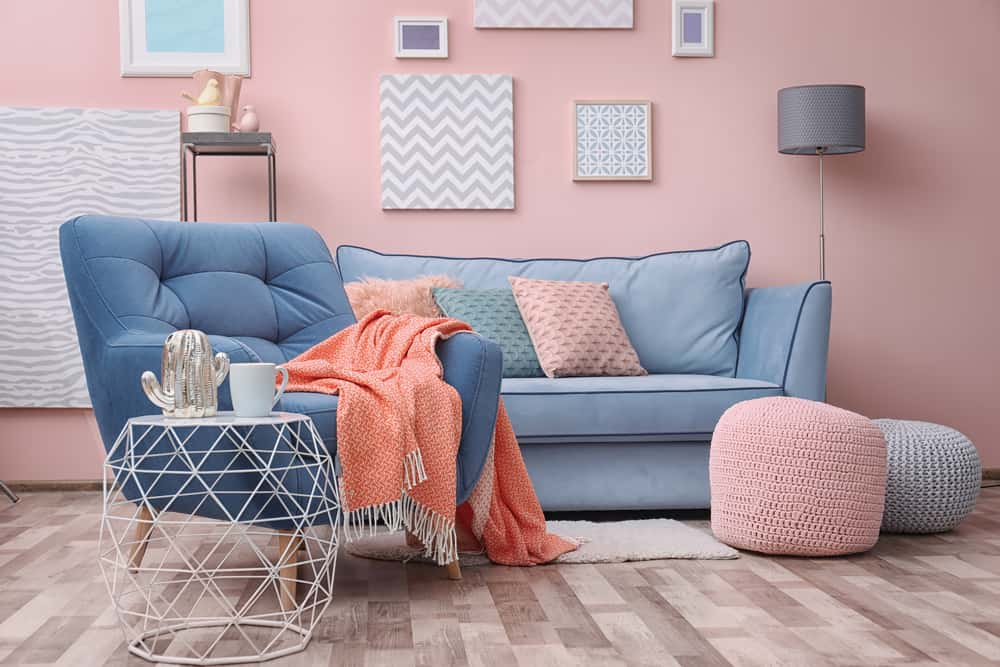
Many of us overlook the importance of the relationship between the spaces we live in and our health. The truth is this relationship is real and it can have a great impact on your mood, mental health and physical health.
Be it a personal space like your home or even a commercial space like an office, interior designers pay close attention to layout, colours, textures and tones in order to support your health. Good interior design can motivate, inspire and encourage. So, let’s look at some common interior design mistakes that often negatively affect one’s health and how they can easily be combatted.
Sure, there’s a case to be made for mood lighting and “setting the tone”, but there’s an even bigger case to be made for Vitamin D. Rooms with poor lighting, especially in one’s home, is probably the biggest and most common mistake that people make. Poorly lit rooms, often owing to badly thought-out interior design, can induce bad moods, a feeling of mental and physical tiredness and even cause lethargy.
The explanation is fairly simple. A well-organised space allows for natural light. Natural light means a good source of Vitamin D. From good serotonin production that helps alleviate mood to healthy bones and a regular sleep cycle, the pros of Vitamin D intake are endless. And a good way to ensure this is to pay attention to your space – where are your windows placed? What direction does your couch face? Will the sunlight reach you? A little bit of thought can go a long way!
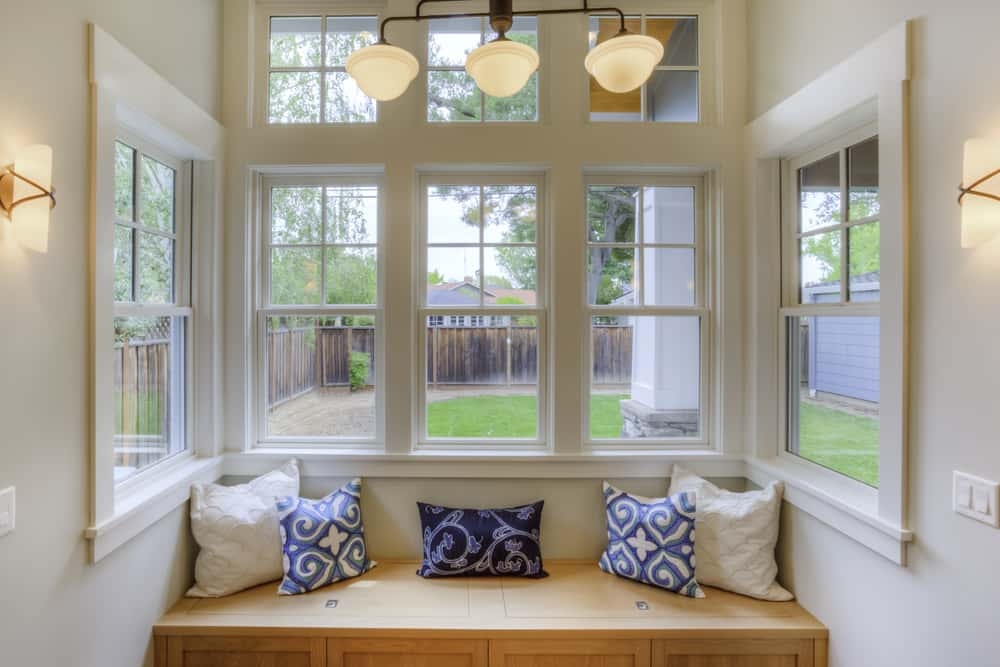

A spacious home can do wonders for your physical and mental health. And, make no mistake – space doesn’t only relate to square footage. A house of any size can be spacious if you just do the right things.
A mistake people make is to think that a home needs to be filled up with furniture and curios and art to make it look lively and feel cosy. A space can be just as cosy and lively without being crowded. In fact, it’s a well-noted fact that a cluttered living space can lead to a lack of concentration and naturally, tiredness, from having to keep so many things neat and clean all the time.
When designing your home, give yourself the space to move around. Functional and light furniture makes things easy to organize. Remember, it’s always quality over quantity. Multifunctional pieces are a great way to organise your home and ensure spaciousness. And hey, more space means you can roll out your yoga mat at home – what’s healthier than exercise?
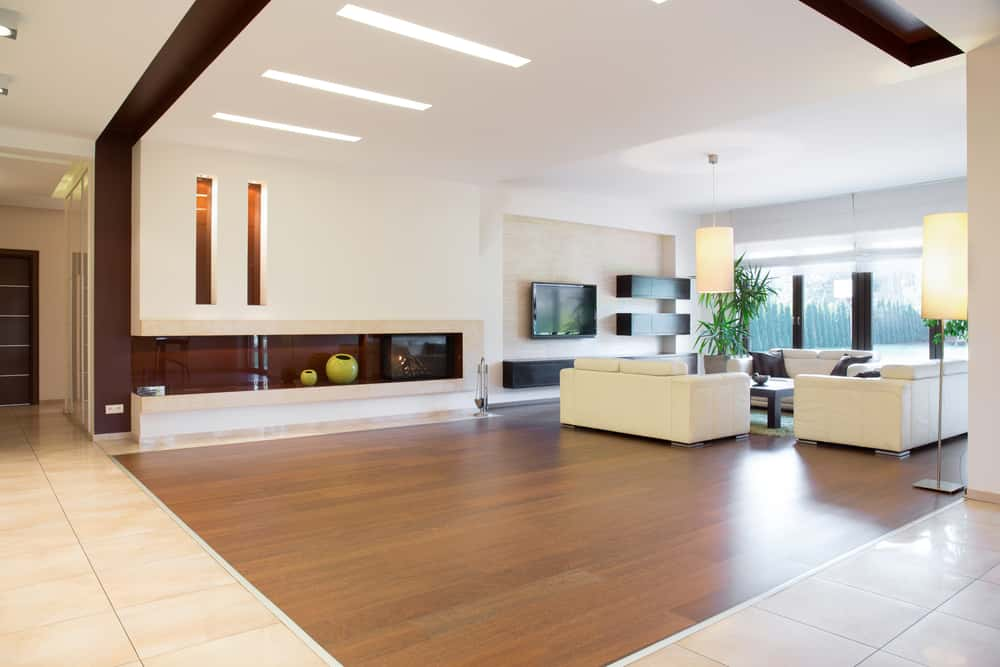
Colour theory is real. It’s been proven time and time again that different colours have different effects on us. In fact, some colours can even induce certain moods. Always pick your colours depending on what the space is going to be used for. Is the room you’re looking at going to be your work area or is it the master bedroom you’re looking at? Is it a room that’s primarily going to be used to entertain guests or a recreation area? Picking a colour like yellow for a nursery can do wonders for the little one at home because it induces happiness and cheer. A colour like orange for your workout room can be highly motivating because red is the colour of activity, sport and competition. Picking the right colour for a space can really help alleviate your mood and actually encourage the utility of the room itself.
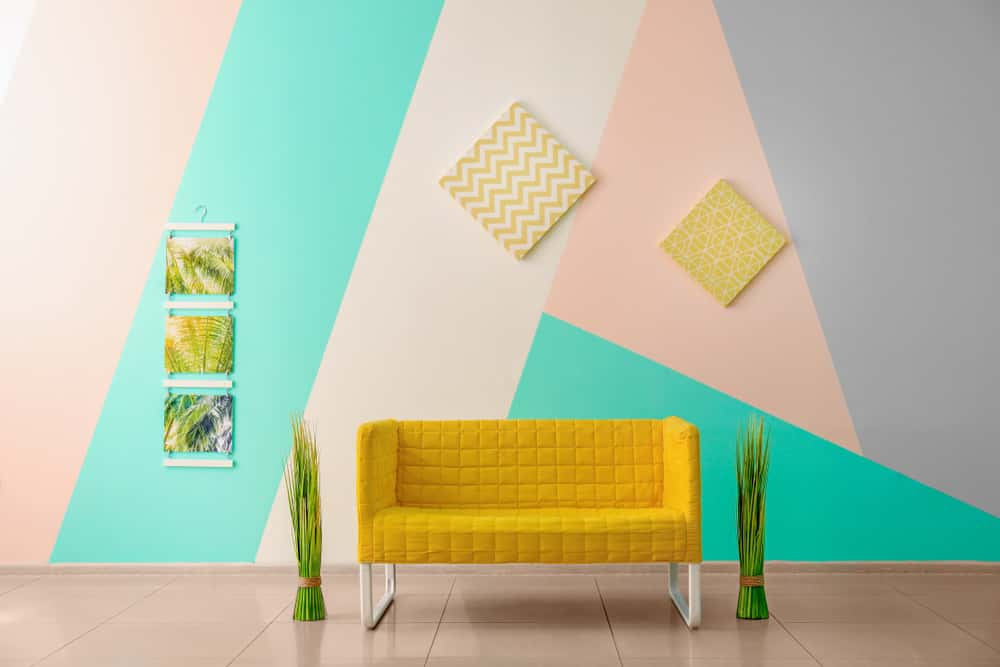
Whether it’s a balcony garden or wall hanging plants in different corners of your home or even the odd indoor plant that adorns your study table, dining table or kitchen counter, at-home plants can do wonders for your health. First things first, extra greenery in the house means extra oxygen. Even a small number of plants can provide you with clean and fresh air, something we aren’t all exposed to, especially in cities. Second, the presence of plants in one’s home has been known to elevate mood by a fair margin. What’s more? Taking care of plants is one of the best ways to practice mindfulness on a daily basis.
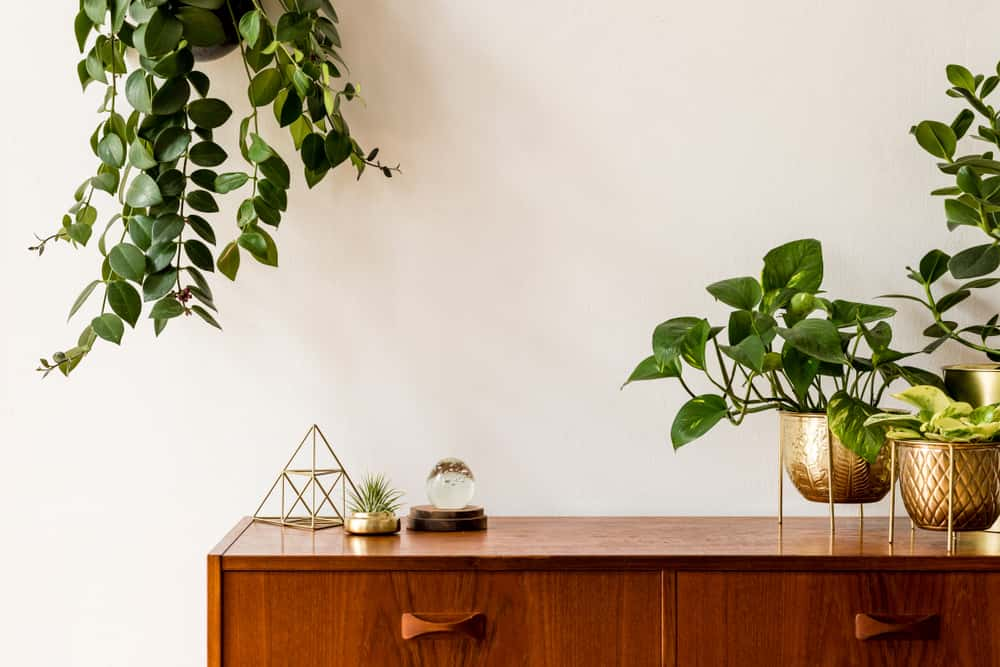
Interior design can have a good or bad effect on one’s health depending on the way it’s done. Either way, it’s an important relationship to consider. Are you looking at re-doing your space to positively affect your health? Our interior design experts at HomeLane are sure to lend a valuable helping hand!

 EXPLORE MORE
EXPLORE MOREExplore This Vibrant Bangalore Home That Revels in the Interplay of Patterns and Textures!
This Stunning Chennai Home Channels Nuanced Character and Tonality
Step Into This Minimal Chennai Home, and Get Wrapped in Comfort!
This Compact Chennai Apartment Is an Ode to Smart Design and Functionality!
 EXPLORE MORE
EXPLORE MOREExplore This Vibrant Bangalore Home That Revels in the Interplay of Patterns and Textures!
This Stunning Chennai Home Channels Nuanced Character and Tonality
Step Into This Minimal Chennai Home, and Get Wrapped in Comfort!
This Compact Chennai Apartment Is an Ode to Smart Design and Functionality!
By submitting this form, you agree to the privacy policy and terms of use